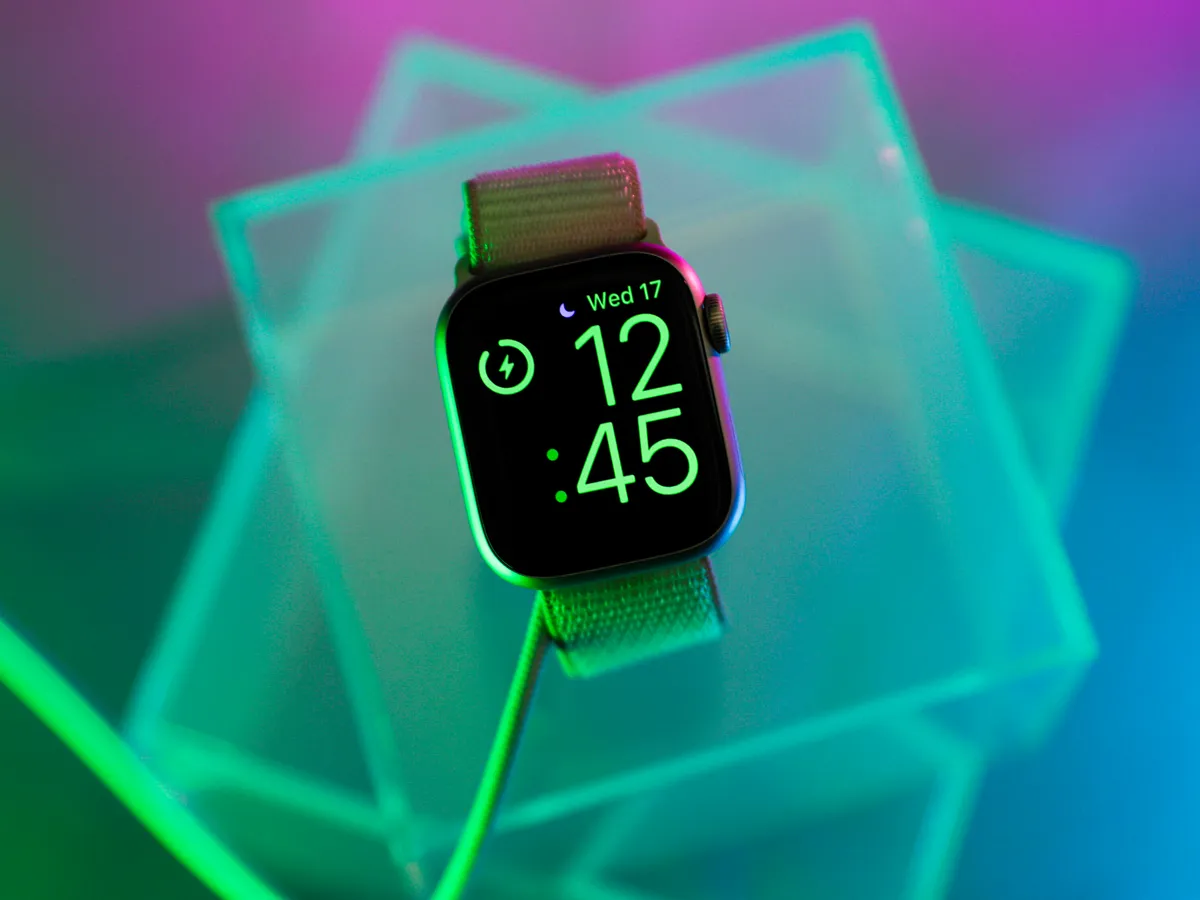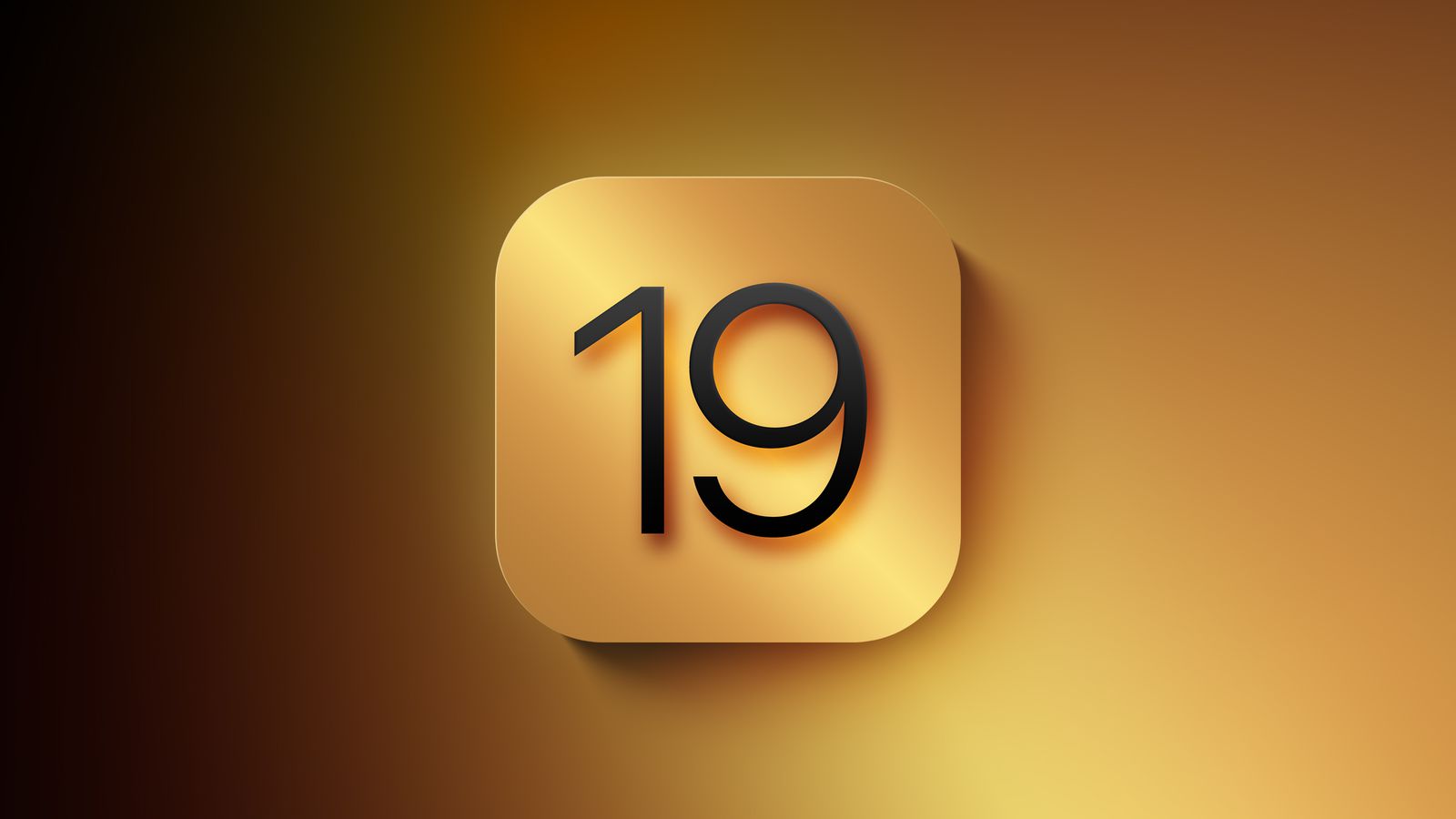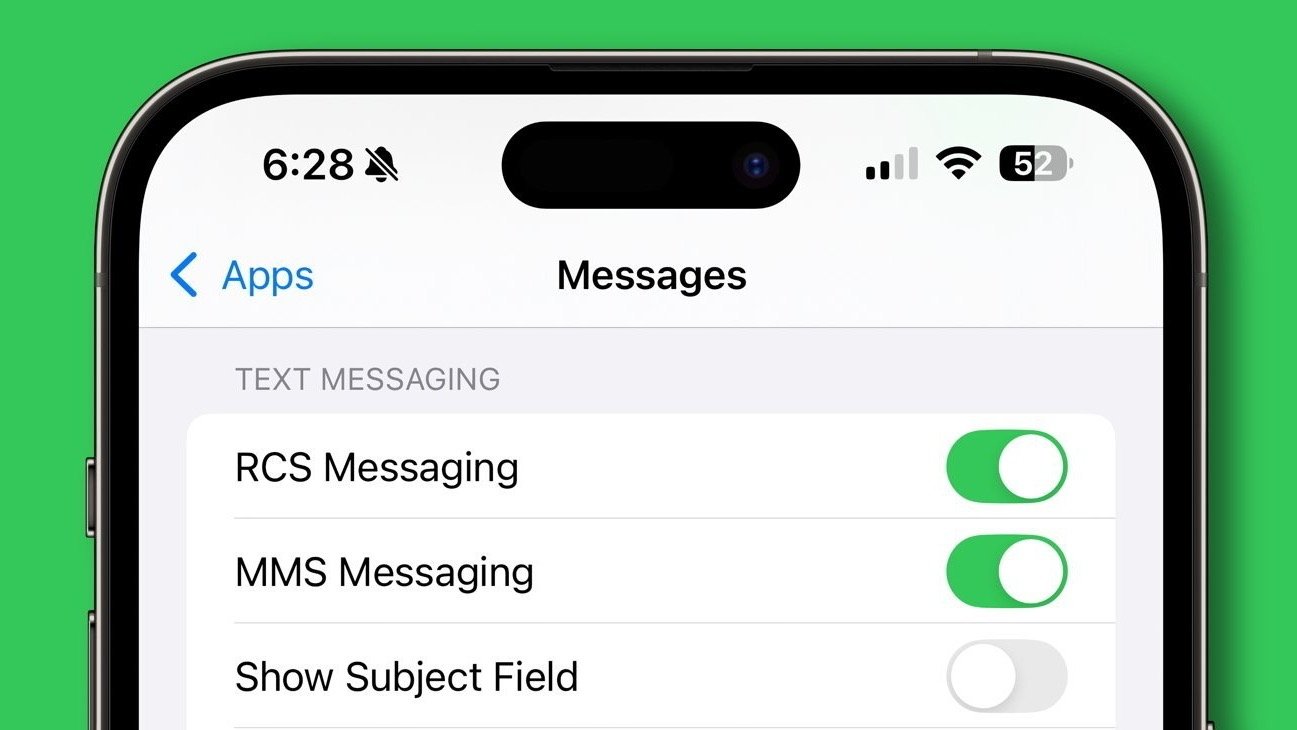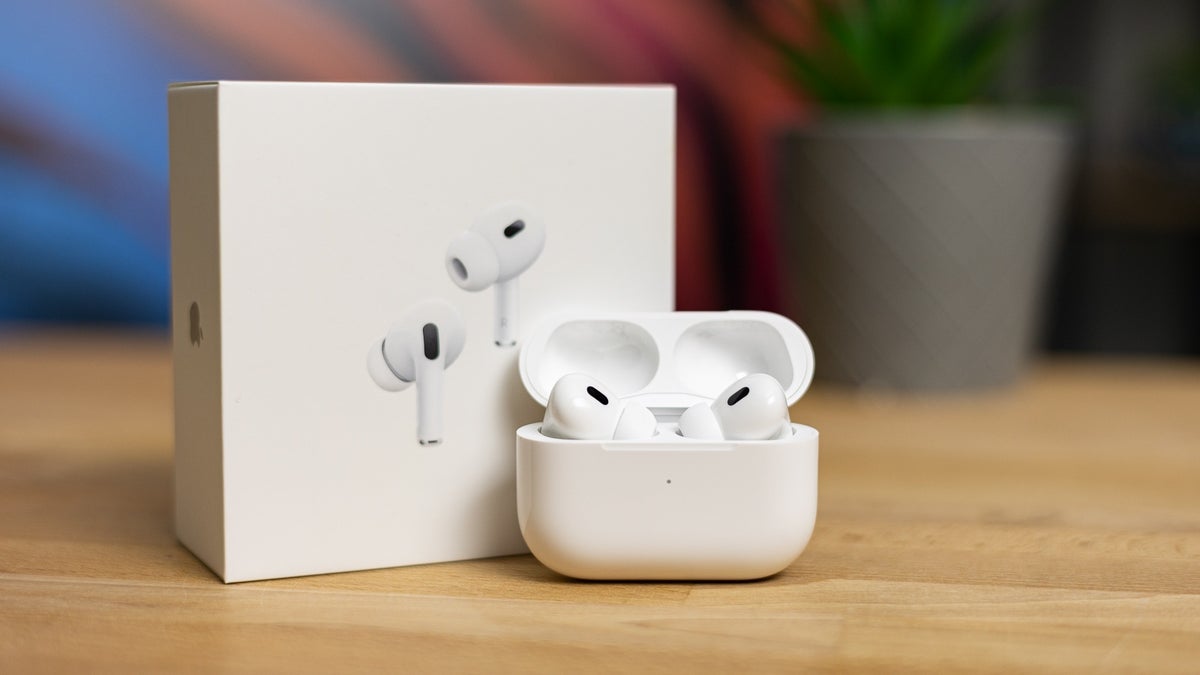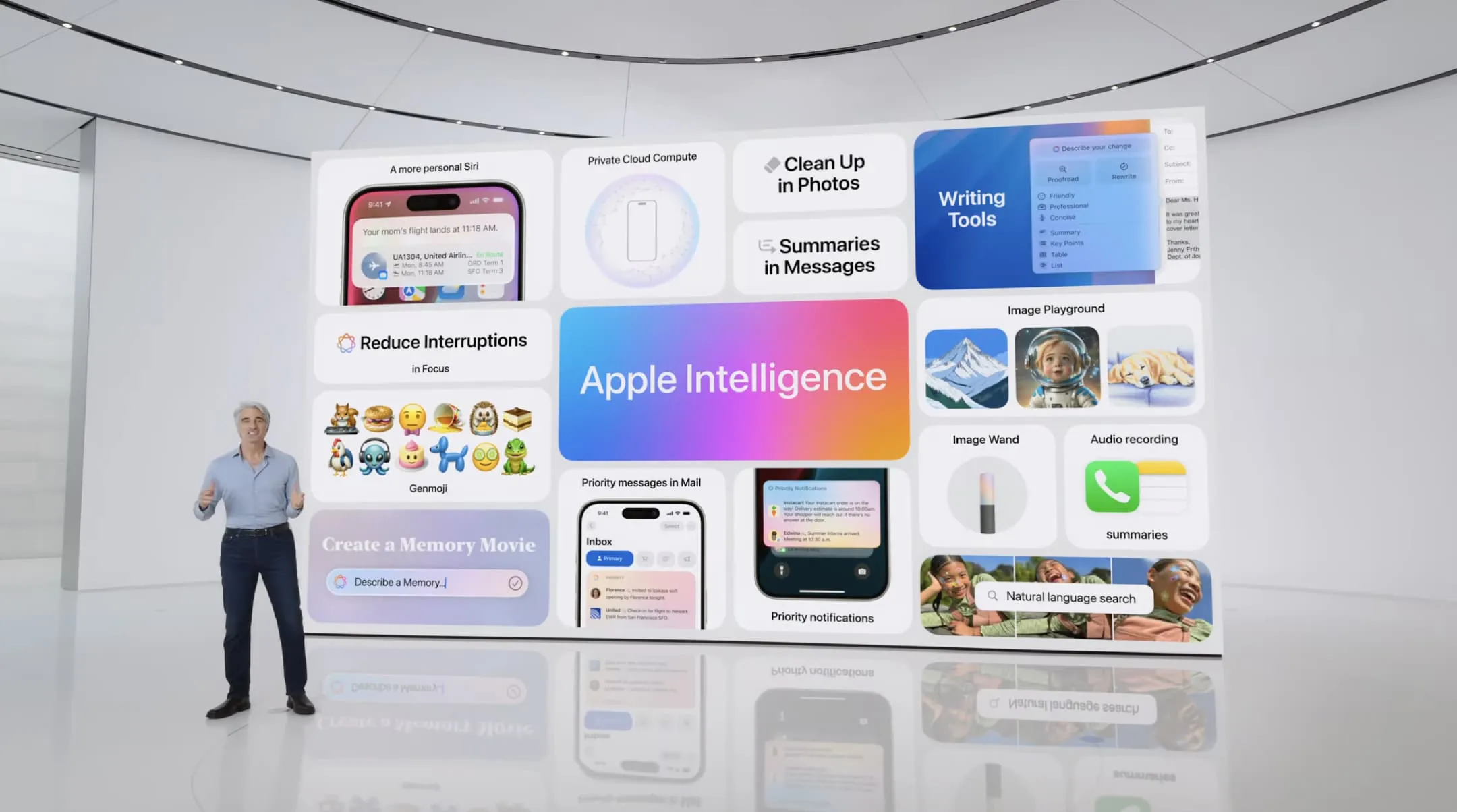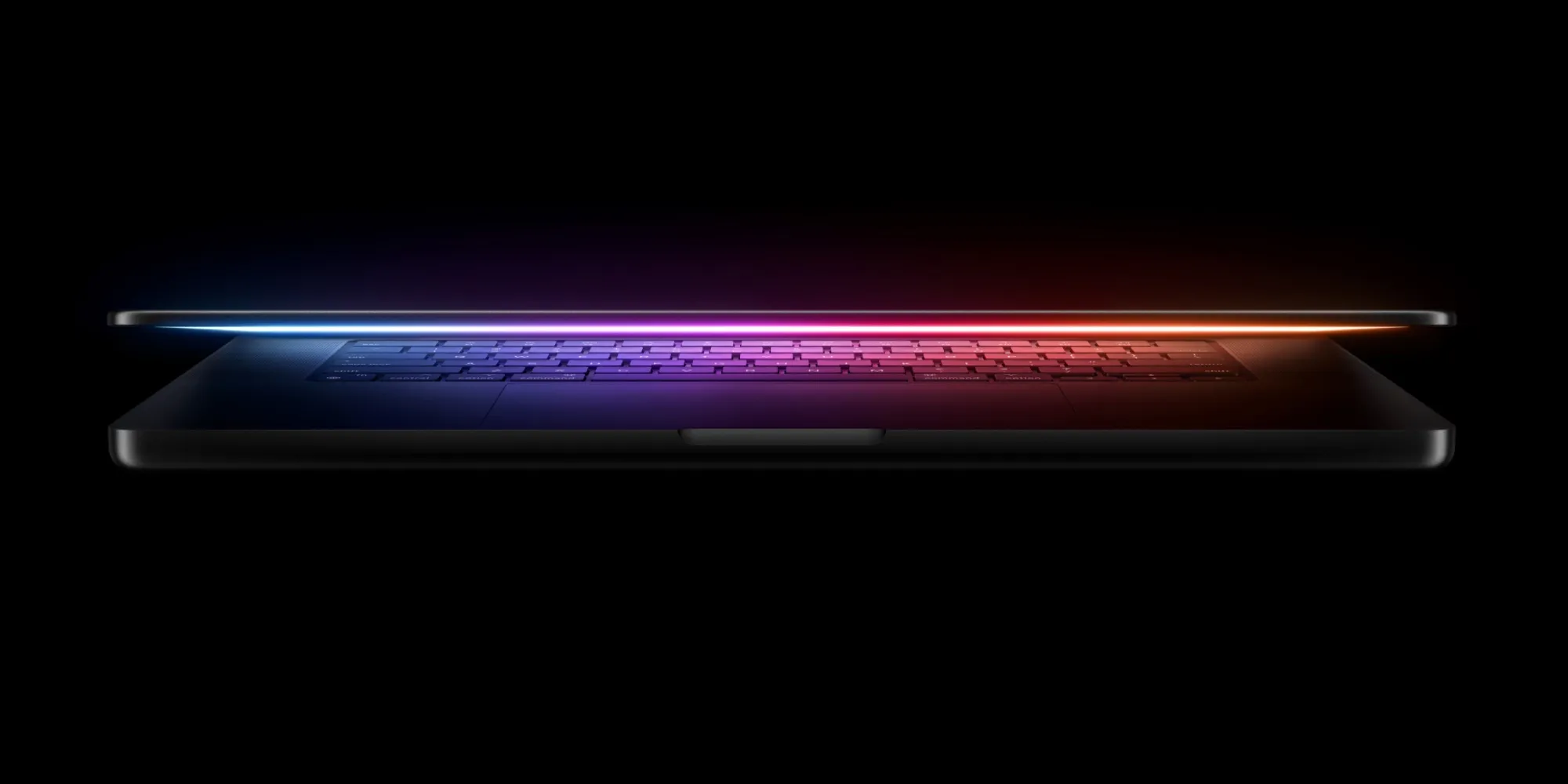The iPhone has become an indispensable tool in modern life, a pocket-sized computer connecting us to the world. But pairing it with an Apple Watch unlocks a new level of synergy, addressing several common iPhone frustrations and transforming the way we interact with our devices. This isn’t just about receiving notifications on your wrist; it’s about a more streamlined, efficient, and even mindful digital lifestyle.
The Lost Phone Saga: A Thing of the Past
We’ve all been there: frantically searching for our misplaced iPhone, retracing our steps with growing anxiety. The Apple Watch offers a simple yet ingenious solution: the “Ping iPhone” feature. A quick tap on the side button to access Control Center, followed by a press of the iPhone icon, emits a distinct chime from your phone, guiding you to its location.
But recent Apple Watch models take this a step further with Precision Finding. Utilizing Ultra-Wideband technology, your watch not only pings your iPhone but also provides directional guidance and distance information. The watch face displays an arrow pointing towards your phone and the approximate distance, turning the search into a high-tech scavenger hunt. As you get closer, the watch flashes green, and the iPhone emits a double chime, pinpointing its exact location. This feature is a game-changer for those prone to misplacing their devices, offering a quick and stress-free solution.
Capturing the Perfect Shot: Remote Control Photography
The iPhone boasts a remarkable camera, but capturing the perfect shot can sometimes be challenging, especially when self-portraits or group photos are involved. The Apple Watch’s Camera Remote app transforms your wrist into a remote control for your iPhone’s camera.
The app provides a live preview of what your iPhone’s camera sees directly on your watch face. This allows you to perfectly frame your shot, whether you’re setting up a group photo or capturing a solo moment. A simple tap on the watch face snaps the picture, and you can even adjust settings like flash and timer directly from your wrist. This feature is invaluable for capturing those perfect moments when you need to be both behind and in front of the camera.
Taming the Notification Beast: A More Mindful Digital Life
In today’s hyper-connected world, constant notifications can be overwhelming, pulling us away from the present moment. The Apple Watch offers a surprising antidote to this digital overload, acting as a buffer between you and the constant barrage of alerts.
Without an Apple Watch, the urge to check your iPhone every time it buzzes or chimes can be almost irresistible. This constant checking can lead to unproductive scrolling and a feeling of being perpetually tethered to your device. The Apple Watch allows you to receive notifications discreetly on your wrist, allowing you to quickly assess their importance without the need to reach for your phone.
Crucially, you have granular control over which notifications appear on your watch. You can prioritize essential alerts, such as calls and messages from close contacts, while filtering out less important notifications. This selective filtering promotes a more focused and intentional digital experience.
Furthermore, Apple’s intelligent notification summaries, often powered by on-device machine learning, provide concise summaries of messages and emails, allowing you to quickly grasp the context without needing to open the full message on your phone. This significantly reduces the number of times you need to pick up your iPhone, fostering a more mindful and less disruptive interaction with technology.
A Symbiotic Relationship: The Apple Watch and iPhone Ecosystem
The Apple Watch is more than just a standalone device; it’s an extension of your iPhone, enhancing its functionality and addressing common user pain points. From finding your misplaced phone to capturing the perfect photo and managing notifications more effectively, the Apple Watch provides a seamless and integrated experience. It’s a testament to Apple’s commitment to creating a cohesive ecosystem where devices work together to simplify and enrich our lives. The Apple Watch isn’t just about telling time; it’s about reclaiming it.
